Category: Guest Bloggers
-
“Neither Shall There Be Any More Pain”: Trials and Their Purpose
This is a talk I gave in sacrament meeting on March 12, 2017. The topic was “Trials and Their Purpose.” I appreciate the thoughts and words of [the previous speakers]. I hope that you all can find some solace in our various messages, even if the answers are a bit incomplete. The purpose of trials—or…
-

Telling the stories of the Church’s history
A review of Leonard Arrington and the Writing of Mormon History, by Gregory A. Prince Telling the history of a church can be tricky. Which elements arose from the culture of the time? Which manifest the direct intervention of the divine? Is that even a sensible distinction? On the one hand, some Church leaders have…
-
The Nova Effect – Secular Age, round 7
This third section of Taylor’s book is, to me, the most redundant, so I’m going to make up for lost time by condensing these four chapters into one blog post. In fact, I’ll leave Ch. 11 off entirely because it’s mostly an exploration of the section’s themes through case studies in Britain and France. In…
-
The Anthropocentric Shift: Secular Age, round 6
Links to posts 1, 2, 3, 4, 5 In the last several posts, we’ve covered how the enchanted, hierarchical world of pre-modern Europe slowly shifted in the sixteenth and seventeenth-centuries to a “disciplinary” society, where human beings began to perceive themselves as rational agents and masters of their own will and destiny, and increasingly related…
-
‘A Reason For Faith’: A Review
During the lesson in Elders Quorum this past Sunday, we discussed ways to enhance our study of the scriptures. As usual, I raised my hand and recommended that we study the scriptures within their historical and cultural context so that our “likening” of them does not turn into “making stuff up.” I said that this should…
-
Modern Sources of Belonging– Secular Age, round 5
The changes in construals of the self discussed in the last post were merely the flip side of new construals of sociality. This pairing helps correct narratives about the modern “rise of individualism” at the expense of community; individualism is learned, not natural, and “belonging” is an innate need that does not disappear with modernity.…
-
New Construals of the Self: Secular Age round 4
(Links to Rounds 1 , 2, and 3) In the previous chapter, Taylor outlined some of the main “bulwarks” of enchanted belief that had to give way for exclusive humanism to eventually emerge. In Chapter 2, the “Rise of the Disciplinary Society,” Taylor examines some of the new construals of self and society that would help make that…
-
Clark Goble on deck.
We’re delighted to welcome Clark Goble back to T&S! Clark grew up in Canada in that part that appears like a strange looking foot extending south and east of Maine. There in the city of Halifax he watched the church grow from a small branch into numerous wards eventually even getting a temple. His father…
-
“A Supreme Act of Love”
This past Sunday, we covered chapter 6 of the Howard W. Hunter manual titled “The Atonement and Resurrection of Jesus Christ.” The lesson quotes President Hunter as saying that the Atonement “was an act of love by our Heavenly Father to permit his Only Begotten to make an atoning sacrifice. And it was a supreme…
-
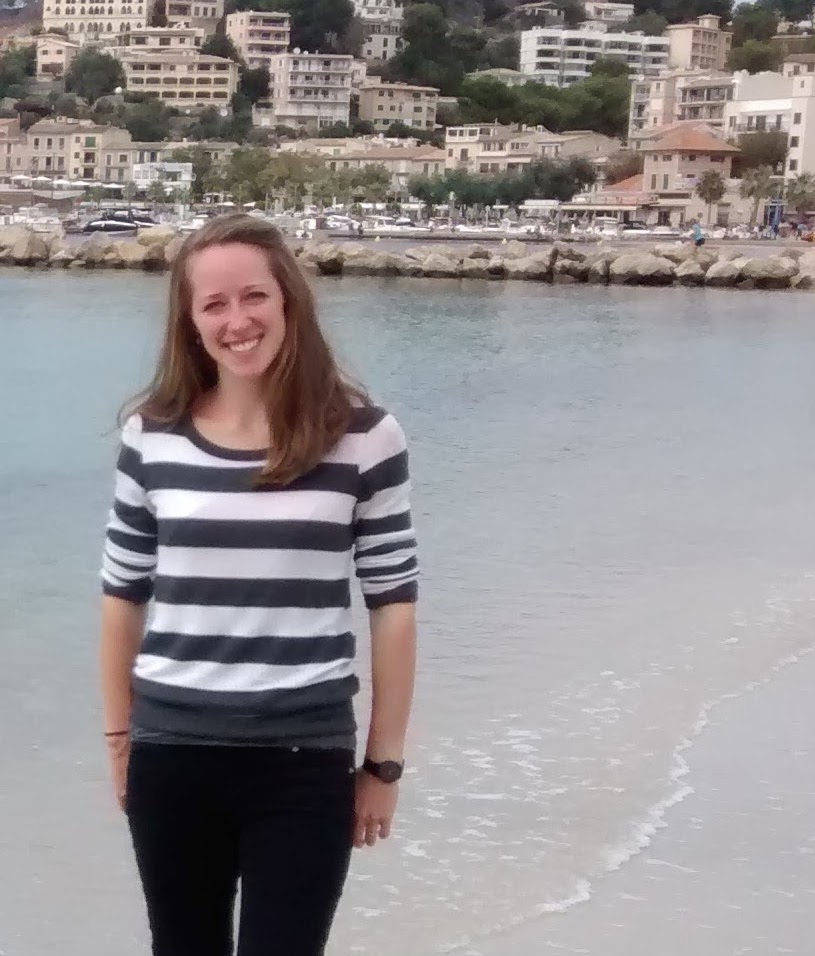
Introducing Rachael Givens Johnson
I’m pleased to introduce Rachael Givens Johnson as a guest blogger here at Times And Seasons. Rachael will be doing a series of posts on Charles Taylor’s A Secular Age. Rachael is a PhD candidate in the history department of the University of Virginia. She studies Baroque Catholicism in the Iberian Enlightenment and is writing…
-
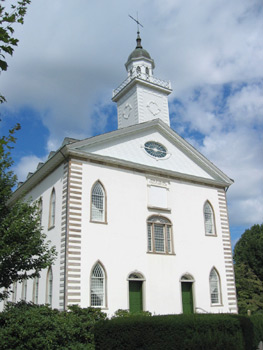
The Influence of the Book of Mormon on the Mormon Temple
One of Joseph Smith’s earliest impulses was to build temples. Just 5 months after the Church’s organization, September 1830, Smith sent a delegation to the west to the Lamanites, but also, according to the delegation’s leader Oliver Cowdery, “to rear up a pillar as a witness where the Temple of God shall be built, in…
-
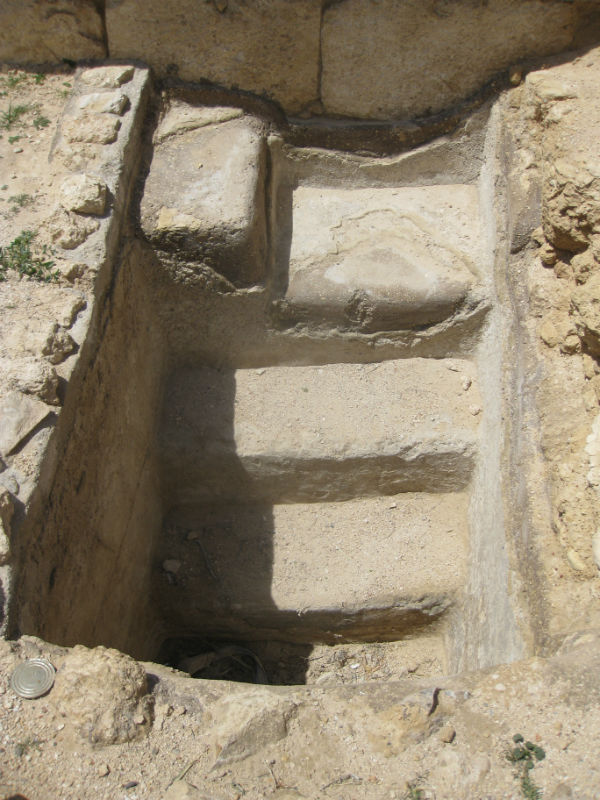
The Provenance of Mormon Baptism
This is the second in a series of guest posts by Gerald Smith covering the release of his book Schooling the Prophet, How the Book of Mormon Influenced Joseph Smith and the Early Restoration. Read the first one here. Fifteen years ago a professor friend of mine at Boston College – a Jesuit Catholic university…
-
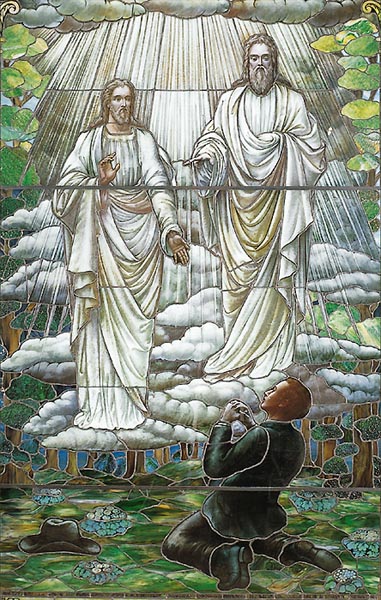
The Provenance of Mormonism
Thank you Nathaniel for your introduction, and thank you to Times & Seasons for the opportunity to share my thoughts and observations with you. A curious paradox of modern Mormonism is how Mormons and non-Mormons frame its heritage. Mormonism appeared in early nineteenth century North America as a new religion amidst a largely Protestant setting.…
-
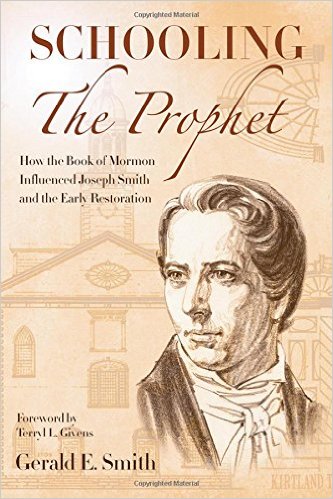
Introducing Gerald Smith
I’m pleased to introduce Dr. Gerald Smith for a round of guest posts here at Times & Seasons. He will be sharing a series of posts about his new book, Schooling the Prophet, How the Book of Mormon Influenced Joseph Smith and the Early Restoration (published by BYU Press and the Maxwell Institute.) I was…
-
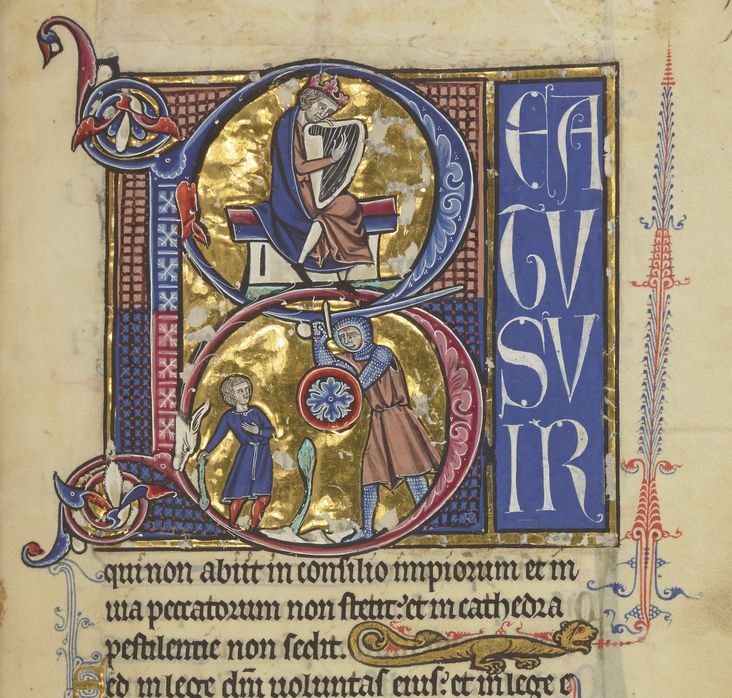
Beatus Vir
Throughout the middle ages, the popularity of the Book of Psalms caused it to be reproduced in Latin as a separate volume of devotional literature called the Psalter. In medieval manuscripts, the opening phrase of Psalm 1, “Beatus vir,” was often richly decorated, as in this example from the thirteenth-century. The Latin Beatus is related…
-
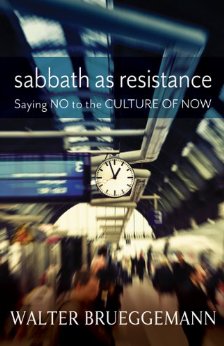
The Sabbath Day: Its Meaning and Observance
This was a talk I gave a month or so ago as part of High Council Sunday. In preparation for this talk, I read through Elder Nelson’s April Conference address on the Sabbath, in which he stated, “I am intrigued by the words of Isaiah, who called the Sabbath “a delight.” Yet,” he continued, “I…
-

The General Conference Mirth Index – Take 2
I always enjoy the opportunity to laugh a little bit in general conference. In January, I introduced the General Conference Mirth Index (for the October 2014 conference), which sums up the number of laughs for each talk. As we enter into the next General Conference this weekend, let’s see how much laughing we did last…
-

Introducing Meg Conley
I am excited to introduce Meg Conley as our newest guest-blogger here at Times and Seasons! Meg Conley is a freelance writer and blogger specializing in topics of womanhood and motherhood. Her website, megconley.com, is quickly becoming a nationally recognized platform for women’s issues and day to day inspiration. She has appeared on Good Morning America,…
-

Data, Doctrines, & Doubts: Improving Gospel Instruction
I’m grateful for the invitation and excited to participate here at Times & Seasons. The following is a talk I gave in our recent Stake General Priesthood meeting as the newly called Stake Sunday School President. While many of the ideas below were conceived independently, I was heavily influenced by some of Ben Spackman’s writings (especially the quotes) when…
-
Introducing Walker Wright
After citing him on multiple occasions here at Times and Seasons (for example here and here), I’m very pleased to announce that Walker Wright will be joining us for a guest blogging stint. Walker is an MBA student at the University of North Texas, and his primary interests are in the theology of work and…
-
Guest Post: The Parable of the Two Sons
My friend and neighbor has written a beautiful parable that I am pleased to share with you today. David Harding works actively in his ward and neighborhood. His daughter is my daughter’s best friend. As those of you with children know, it is a great blessing to have your offspring fall in with good people…
-
Guest Post: Mental Health, Mortal Life, and Accountability Part 5: The “Greater Sin”/ Sane Repentance & Forgiveness
[This is the fourth in a series of guest posts on Mental Health, Mortal Life, and Accountability. The first three installments are available here: Part 1:”Exceeding Sorrowful, Even Unto Death” (Mark 14:34), Part 2: Causes and (Mis)Attributions, Part 3: Fractured Images of God, Self, and Others, and Part 4: Accommodations in LDS Activities and Meetings] Now knowing…
-
Guest Post: Mental Health, Mortal Life, and Accountability Part 4: Accommodations in LDS Activities and Meetings
[This is the fourth in a series of guest posts on Mental Health, Mortal Life, and Accountability. The other installments are available here: Part 1:”Exceeding Sorrowful, Even Unto Death” (Mark 14:34), Part 2: Causes and (Mis)Attributions, Part 3: Fractured Images of God, Self, and Others, and Part 5: The “Greater Sin”/ Sane Repentance & Forgiveness] During graduate school (in a different…
-
Guest Post: Mental Health, Mortal Life, and Accountability Part 1:”Exceeding Sorrowful, Even Unto Death” (Mark 14:34)
[This is the first in a series of guest posts on Mental Health, Mortal Life, and Accountability. The subsequent installments are available here: Part 2: Causes and (Mis)Attributions, Part 3: Fractured Images of God, Self, and Others, Part 4: Accommodations in LDS Activities and Meetings, and Part 5: The “Greater Sin”/ Sane Repentance & Forgiveness] Not many years…
-
The Opposite of Epistemic Humility
[This is Part 4 of a 4-part series. Part 1. Part 2. Part 3.] In my first three pieces I’ve spent an awful lot of time talking about epistemic humility. Now I’m going to talk about what I consider to be the antithesis of epistemic humility: extremism. My definition of the term is non-standard, but I believe it…
-
On Learning from False Models
[This is Part 3 of a 4-part series. Part 1. Part 2. Part 4] In this post I want to present a secular example of epistemic humility. As with the religious example, I hope that this one will also provide some intrinsically interesting ideas. I also plan on reusing these ideas in the next couple of posts.…
-
Faith is a Work in Progress
[This is Part 2 of a 4-part series. Part 1. Part 3. Part 4] I appreciate the kind welcome to T&S and all the good comments and questions. I know I haven’t responded to some of them yet, and I’ll try to rectify that soon, but I wanted to make sure I had this post ready to go.…
-
The Wise Man Doubts Often, And Changes His Mind
[This is Part 1 of a 4-part series. Part 2. Part 3. Part 4] I’m happy to have a chance to do a guest stint here at Times and Seasons, and over the next two weeks I want to use my borrowed soap box to talk about epistemic humility. Epistemic humility is an awareness of…
-
Nothing to Apologize For (Part II)
[Times & Seasons welcomes the second in a pair of posts from Ralph Hancock this week, who previously guested with us in 2010] I argued in Part I that the move from “apologetics” to “Mormon Studies” requires a bracketing of truth claims that may serve legitimate scholarly purposes, but that carries with it certain significant risks. The New…
-
Nothing to Apologize For (Part I)
[Times & Seasons welcomes the first in a pair of posts from Ralph Hancock this week, who previously guested with us in 2010] The recent unpleasantness at BYU’s Maxwell Institute has, the reader will have noticed, triggered much comment on the internet, including celebrations in some quarters over the supposed demise or at least eclipse…
